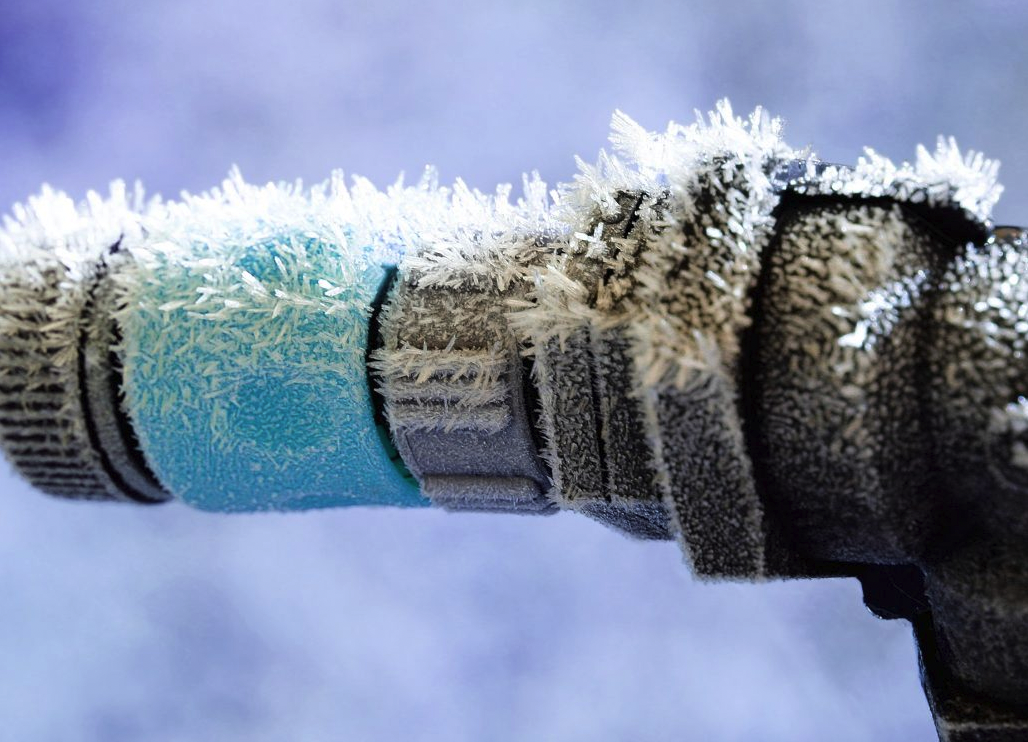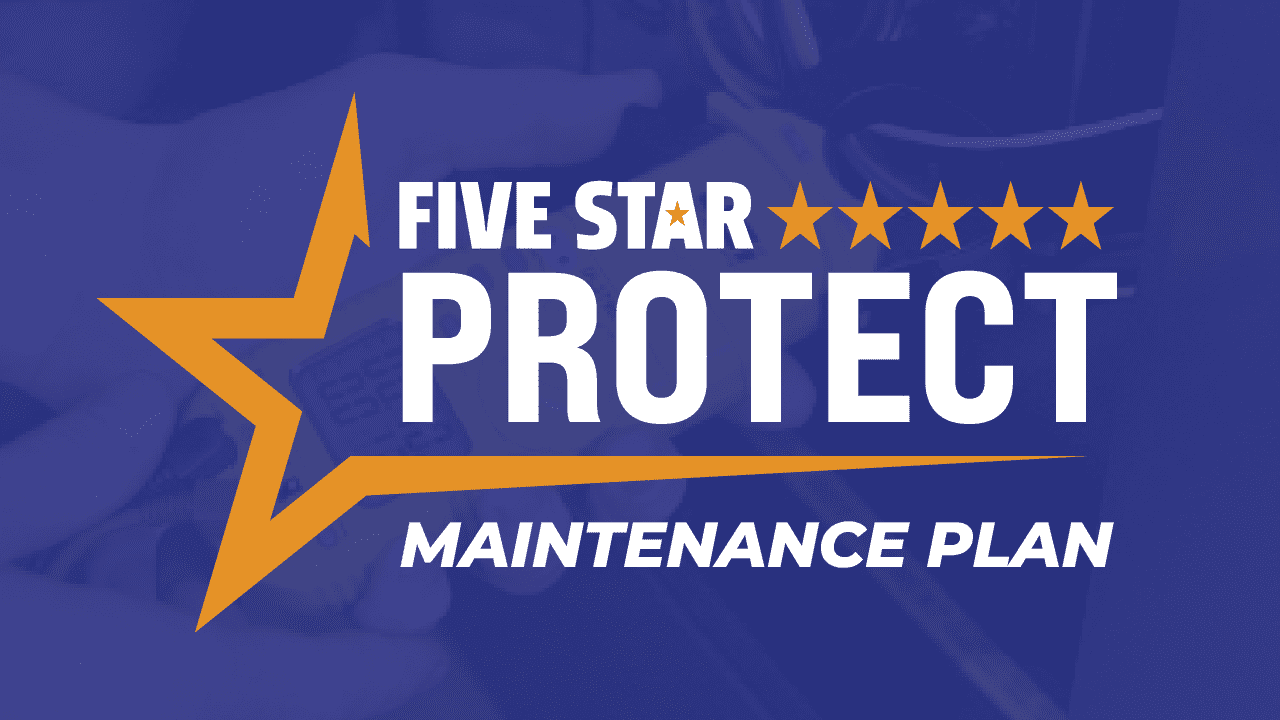Frozen pipes can cause pinhole leaks, cracks, or other damage to your plumbing. It is often time intensive to thaw and repair frozen pipes so your best bet to avoid this inconvenience is to implement preventive measures. Preparation is vital, so protect your pipes before the damage becomes irreversible.
A protected home plumbing system begins with home knowledge and an understanding of where water enters your home. Do you know the shut-off valve’s location? Locate all shut-off valves indoors and outdoors. Additionally, locate the hose and sprinkler systems and disconnect it when not in use. Disconnect your hoses and store these indoors during the winter months. If your house has a crawl space, ensure it is sealed and insulated to prevent exposed pipes from freezing. Consider calling us for a complete winterization inspection to determine what areas need to be addressed.
Once you have identified any exposed pipes cover them with insulation. Seal any vented holes or openings in your crawlspace or attics with Styrofoam to keep it warm. Wrap exposed pipes with foam insulation to keep the water above freezing. A budget-conscious solution is to wrap newspaper around the interior and exterior pipes. Caulk and seal exterior doors, windows, and outlets. Caulk and seal interior doors, windows, and faucets. While inside, use foam insulation to seal up foundation vents and air leaks near water pipes.
After insulation, turn up the thermostat to keep you and the crawlspace warm. Keep heat at least 55 degrees Fahrenheit, even if you leave the house. Before nightfall open sink and bathroom vanity cabinets to reveal the pipe and allow the warm air to circulate around these exposed pipes. If a room gets particularly cold, place a heater near the open pipes to keep the pipes warm. If you do not have an extra heater a quick alternative is placing a lamp near the pipes. The heat from the lightbulb will often be enough to keep the pipes warm just be sure nothing combustible is around the lamp such as cleaners and chemicals! Finally if it is going to be particularly cold or you are sure some pipes are still exposed slightly turn on both water taps in the kitchen, bathroom, and tub/shower faucets at night. This will keep the water circulating allowing warm water to pass through cold spots making it much more difficult to freeze.
Let’s prepare our pipes with a strong defense to combat frozen water and cold temperatures.





